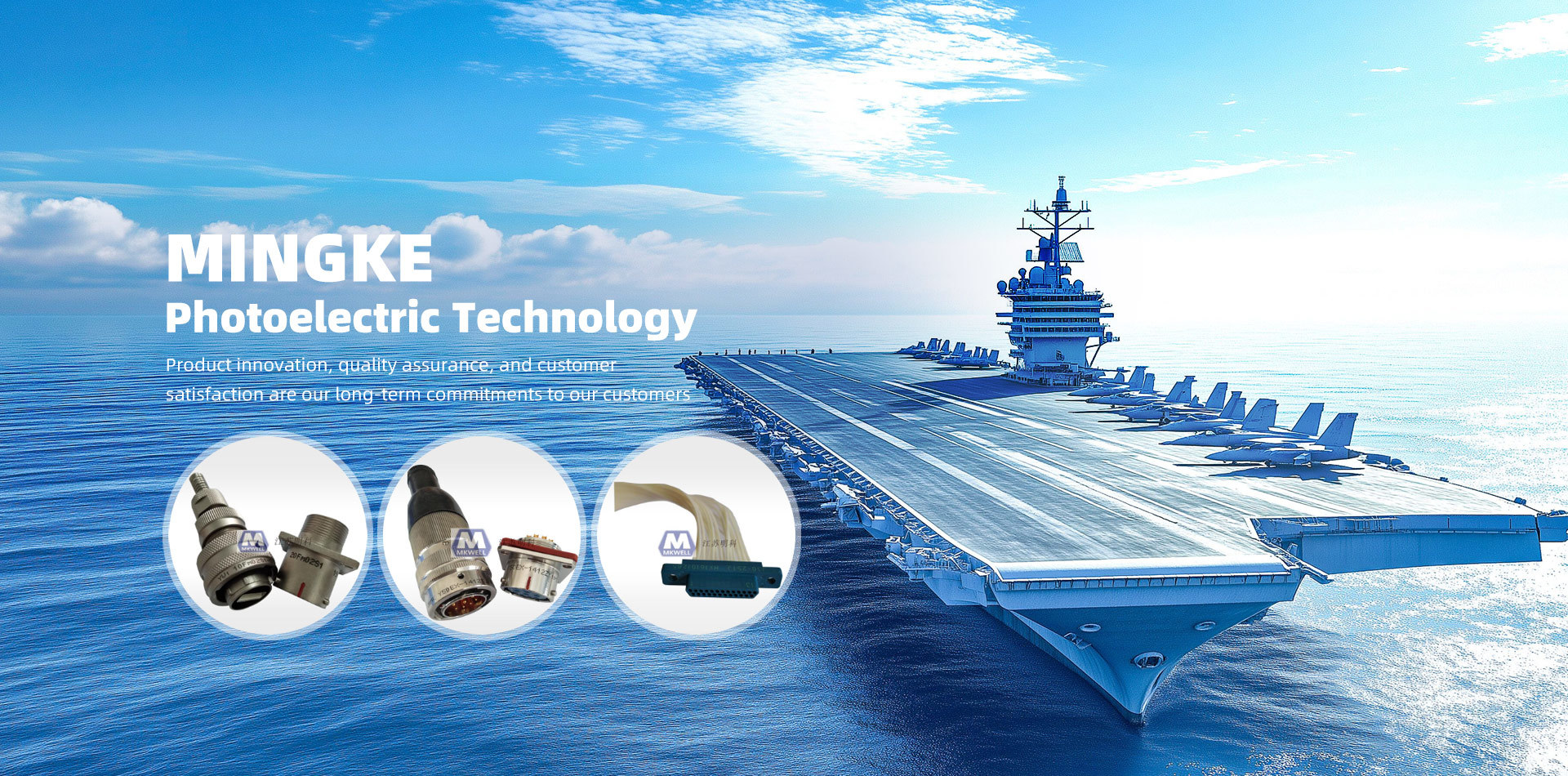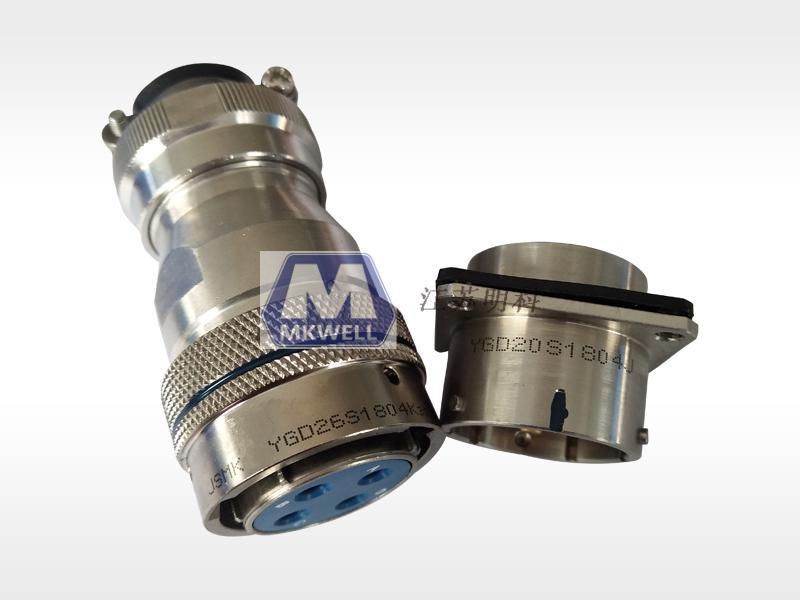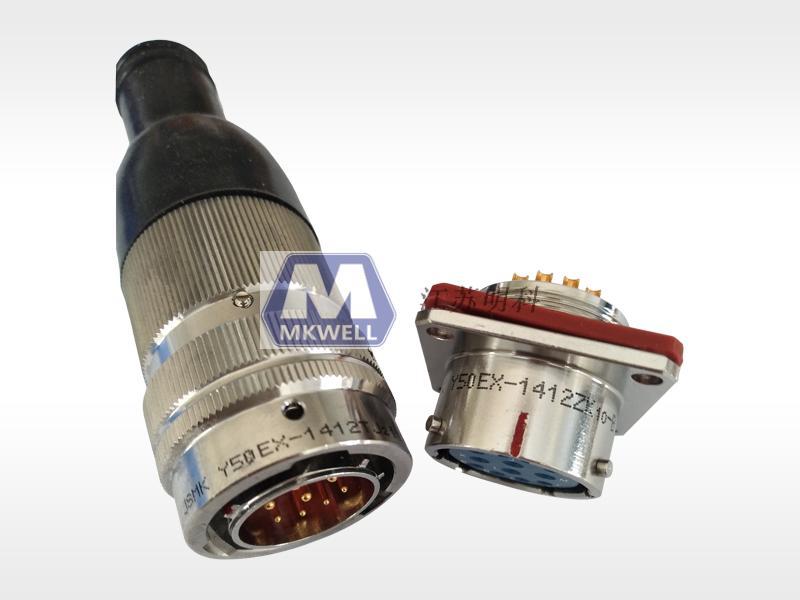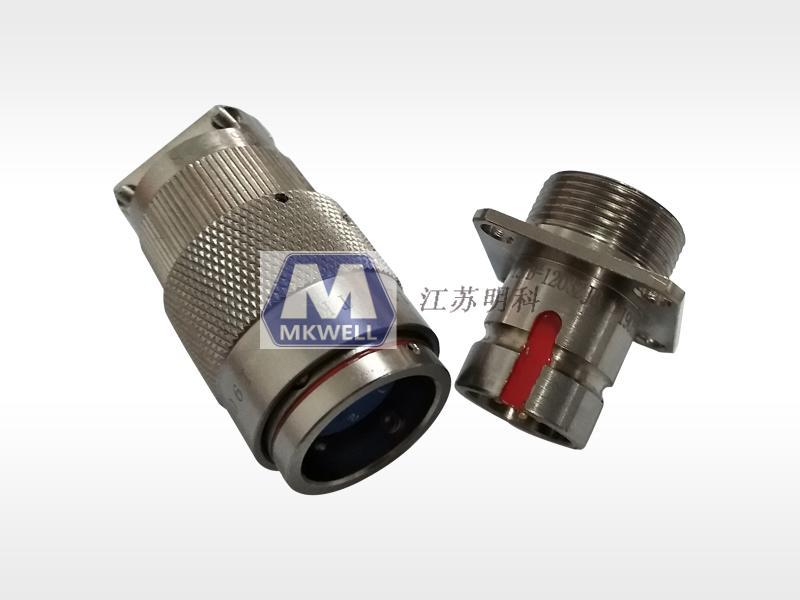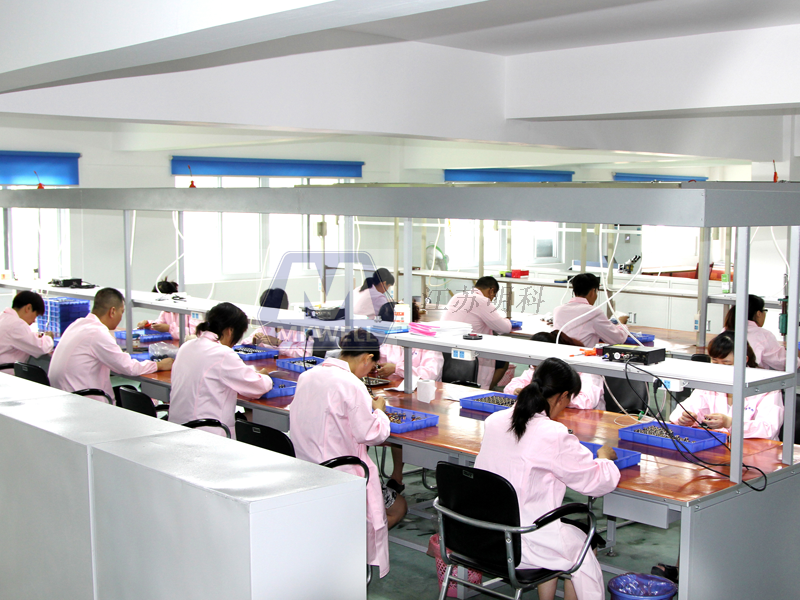ABOUT US
Steady development • innovation • value creation
Jiangsu Mingke Photoelectric Technology Co.,Ltd. specializes in the research and development and production of high-reliability electrical connectors, and at the same time provides high-tech enterprises with system electrical connection technology solutions. It is a national key scientific research project supporting unit. In 2023, the company applied for "City Specialized and Special New" enterprises. The company attaches importance to the technological innovation of products and has mastered the application of characteristic technologies of products.

-

2015
YearBusiness formation
-

12
+Product Series 12+
-

9500
㎡Company area
-

50
million yuanTotal assets of the enterprise
01
Innovative Technology
According to the customer's process requirements, master the elements of indicators, to provide satisfactory products for each customer.
02
Quality Assurance
The company has advanced production equipment, strong technical force, modern inspection and testing means and military inspection facilities.
03
Advanced Concept
Do strong research and development technology, speed up the development of new products. The company focuses on the military market, electrical connector research, production base, for the development of China's national defense to contribute!
04
Service With Confidence
Take the market as the guide, take scientific research as the leader, Innovation as a means to actively explore domestic and foreign markets.

Aerospace

Intelligent control

Radar communication
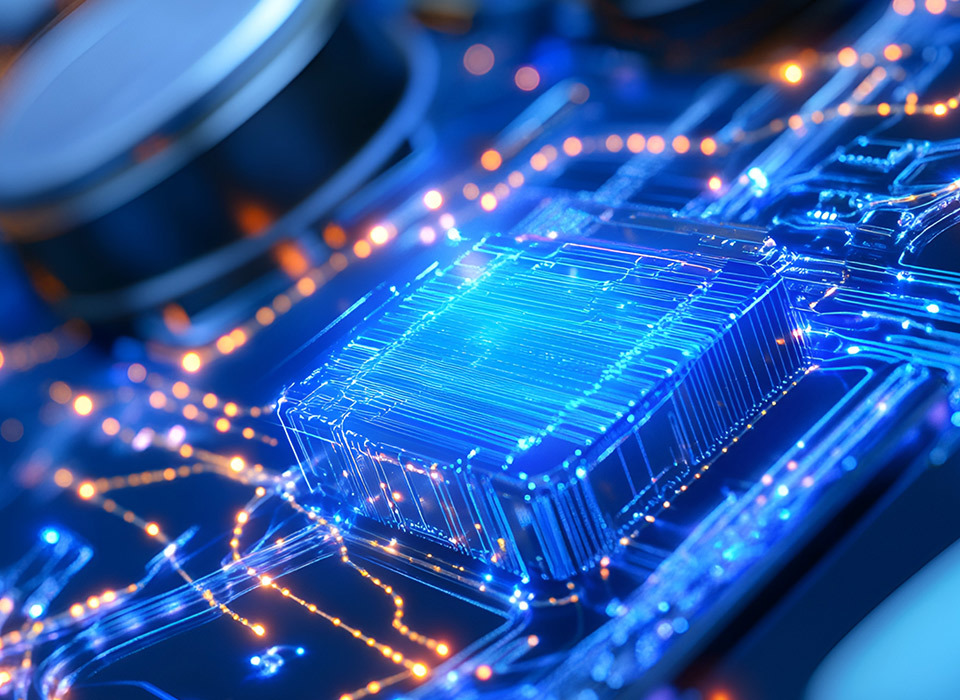
Digital Communications

Shipbuilding
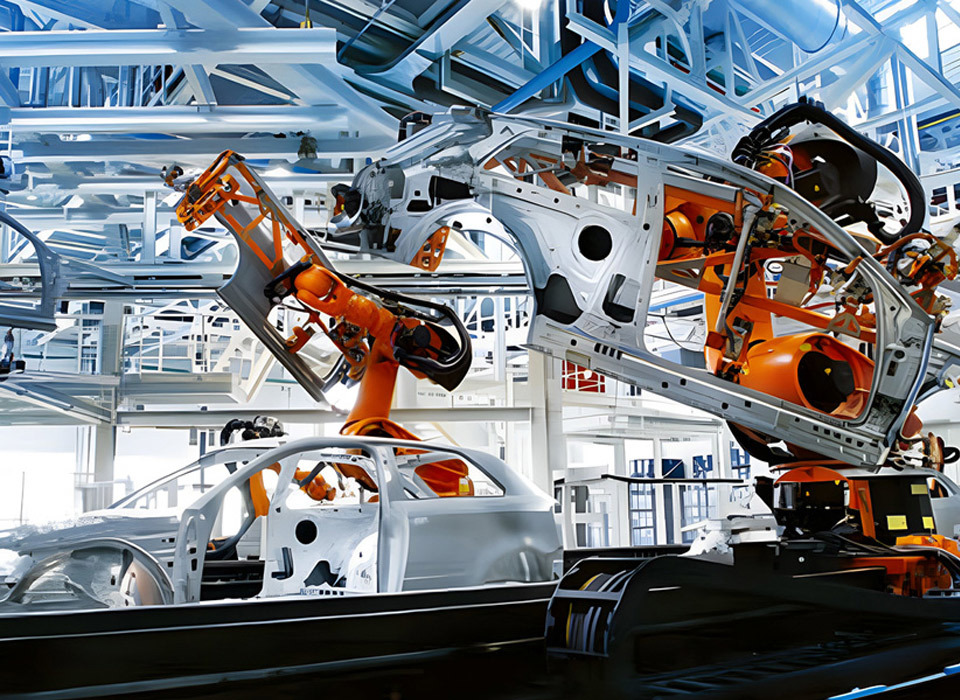
Automobile railway
Jiangsu Mingke Photoelectric Technology Co.,Ltd.
Address: Da Sheng Industrial Park, Zhenxing North Road, Urban Area, Taixing City, Jiangsu Province
Phone:0523-87591866、0523-87591266
Mobile:18796784030
Fax: 0523-87591288
Website:www.mkwell.com.cn
Email:jiangsumk@163.com
Copyright:Jiangsu Mingke Photoelectric Technology Co.,Ltd.

